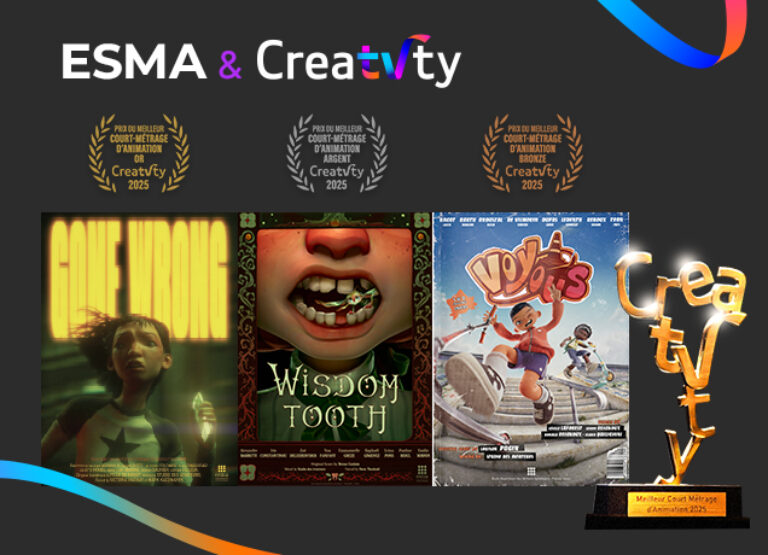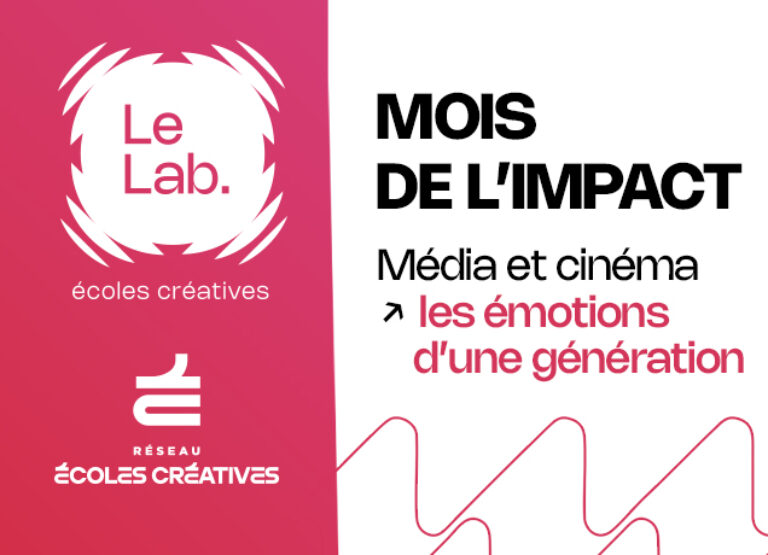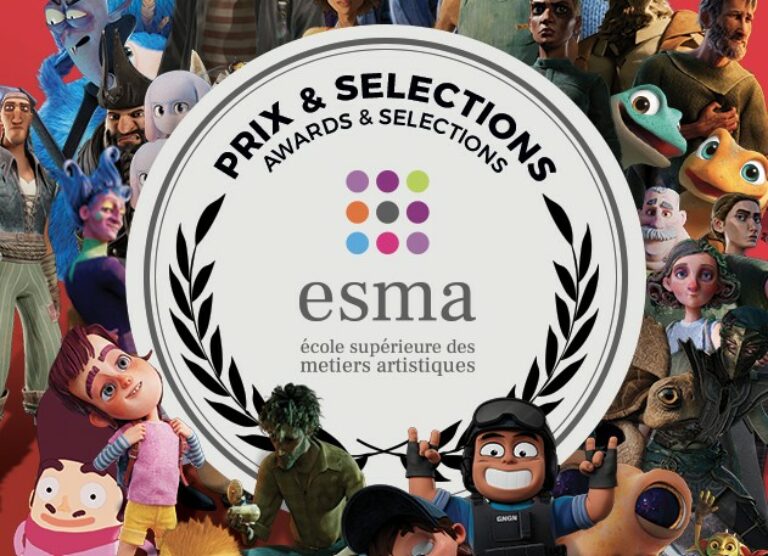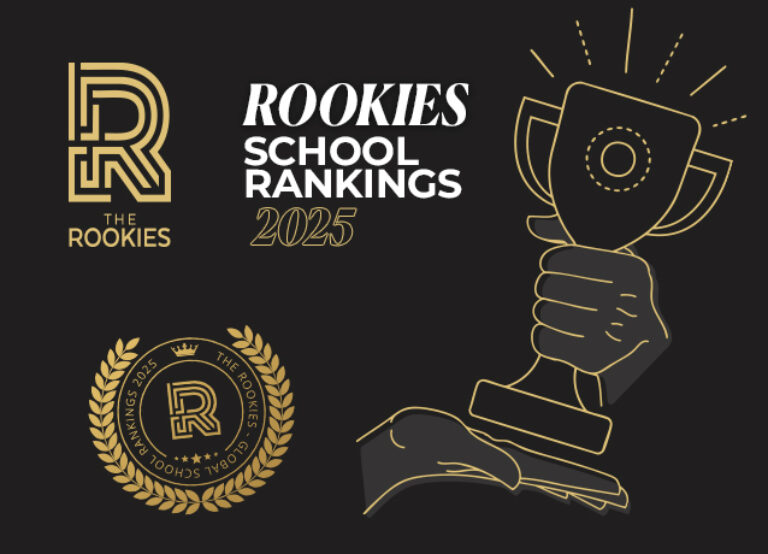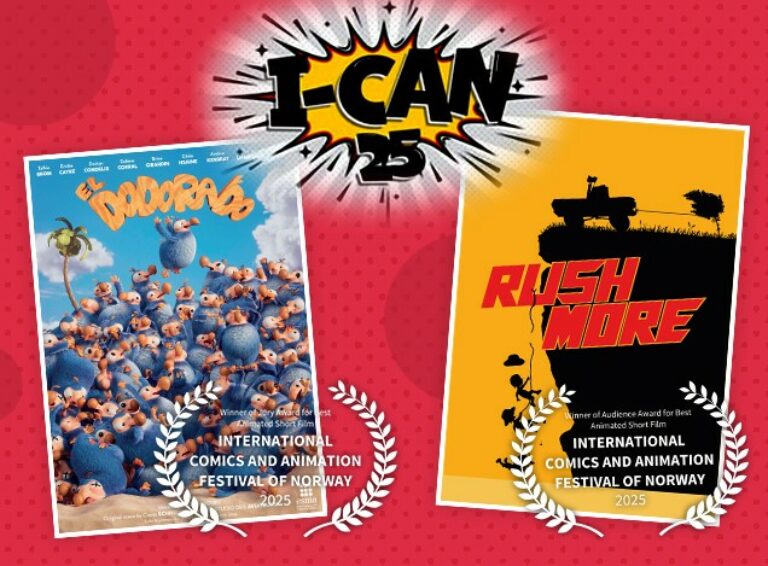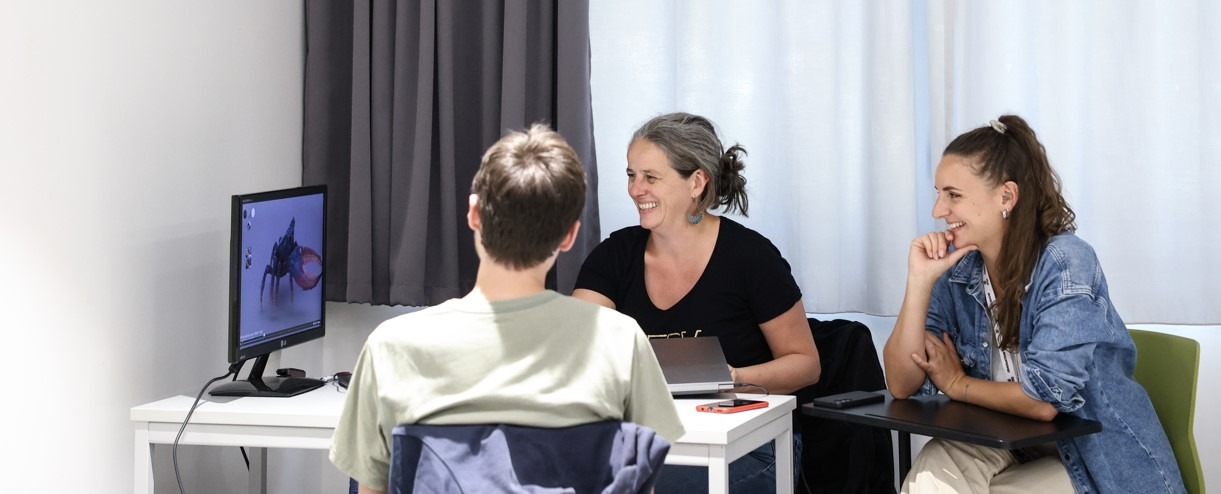
- Published 02.17.2025
- type Thematic news items
- Training 3D Animation & FX
Having a job interview as a 3D animator can be intimidating, but with good preparation and the right reflexes, you can impress your recruiters. ESMA presents ten practical tips to maximise your chances of getting the job.
Preparation for the interview
1. Research the company
Before the interview, take the time to familiarise yourself with the company:
- Explore their recent projects and identify the type of content they produce. Many post on social networks, whether LinkedIn, Instagram, or even YouTube, as Mikros Animation does.
- Study their artistic style and culture to adapt your responses to their expectations.
This not only shows your interest, but also allows you to demonstrate how your adaptability can meet their specific needs.
What’s more, it will also save you wasting time applying for a studio that is not suited to your skills (for example, a 2D animation studio if you have a 3D profile).
2. Review your demoreel
Your demoreel is your main selling point. Make sure it is:
- Relevant: Highlight work that is in line with the type of projects the company does.
- Up to date: Remove work that is obsolete or not very representative of your current level.
- Easy to navigate: if your portfolio is online, use a clear and professional interface. The demo reel, meanwhile, should be easy to access and allow you to be contacted quickly.
Take inspiration from the best! Take a look at online platforms such as Artstation and see how professionals organise their portfolios. The same goes for demo reels. Also bring a downloadable or printed version for the interview and have the demo reel available.
Don’t hesitate to note down feedback and comments received during interviews and take them into account to develop the demo reel.
3. Prepare specific demonstrations
Be ready to explain the process behind your animations:
- What techniques did you use?
- What challenges did you overcome?
- How did your animations contribute to the overall project?
This not only proves your technical skills, but also your ability to solve problems and, above all, explain them.
4. Update your technical knowledge
Make sure you are familiar with the software and techniques most commonly used in the industry, such as Maya, Blender, 3ds Max, or Unity. If the company mentions specific tools in the job posting, review their main features to show that you are comfortable with their pipeline.
Typical questions and how to answer them
5. Prepare answers to typical questions
Recruiters often ask general questions to assess your personality and your motivations. Prepare answers for:
- ‘Why do you want to work here?’
- Show that you know the company and that its projects inspire you.
- ‘What are your strengths and weaknesses?’
- Be honest and use your weaknesses to demonstrate your desire to learn. Are you better at rigging than modelling? Do you prefer to animate certain types of sequences over others? Don’t be afraid to say so. Honesty is always better than a lie, and admitting your weaknesses is a sign of maturity and shows that you are ready and aware of your skills.
6. Anticipate technical questions
Recruiters want to make sure you have mastered the technical aspects of animation. Prepare answers for questions such as:
- ‘What is your method for creating realistic movement?’
- Describe your process, from researching references to the final polish.
- ‘How do you deal with the constraints of a rig?’
- Talk about your approach to solving technical problems while meeting deadlines.
7. Prepare anecdotes about your past experiences
Recruiters like to hear concrete examples of your successes:
- ‘Tell me about a difficult project you’ve completed’: Explain how you overcame the obstacles and what you learned from it.
- ‘How do you work in a team?’ : Share an experience where you collaborated effectively with other artists, riggers or developers.
- If you are just out of school, the final course will obviously be a central point in this type of question. These projects, which occupy students at the end of their course for months, such as those at ESMA, are an opportunity to work with people with different profiles and levels. Explaining how you managed potential conflicts, scheduling challenges and delays from certain team members can give a good idea of your future performance.
How to showcase your 3D animation skills
8. Show your passion for animation
Employers are looking for candidates who are passionate about their profession.
- Share personal projects that you have completed outside of your work or studies.
- Talk about the artists or studios that inspire you and explain why.
- If you have attended industry events (such as SIGGRAPH), mention them to emphasise your commitment.
- Emphasise that you follow industry news, particularly via specialised media such as Catsuka and 3DVF, whether it concerns trends in terms of projects, techniques, employment & companies.
9. Adapt your skills to their needs
Each company has its own priorities:
- If the company focuses on cinema, emphasise your skills in storytelling and facial expressions.
- For video games, emphasise your experience with interactive animations and walking cycles.
- If the position includes technical responsibilities, such as rigging, mention your understanding of animation pipelines.
10. Ask relevant questions
An interview is not a monologue: show your interest by asking questions such as:
- ‘What are the biggest challenges facing the team at the moment?’
- ‘What software do you mainly use?’
- ‘Are there opportunities for continuing education?’
This demonstrates your curiosity and your desire to contribute to the company in the long term.
Conclusion
Succeeding in a job interview as a 3D animator requires careful preparation and an ability to highlight your technical, artistic and interpersonal skills. By following this advice, you will be better equipped to impress your recruiters and land the job. Remember, an interview is as much an opportunity for them to evaluate you as it is for you to show them what you can bring to the table.
